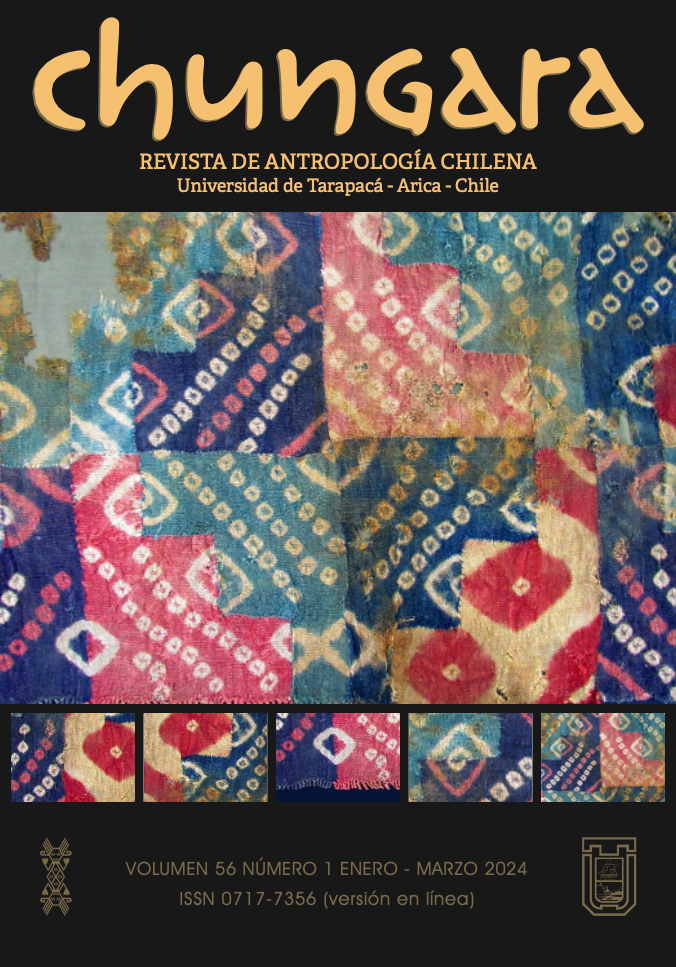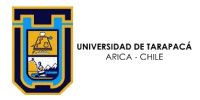ELITE HOUSEHOLDS IN VIEJO SANGAYAICO: A LATE HORIZON AND EARLY COLONIAL SETTLEMENT IN HUANCAVELICA (PERU)
GRUPOS DOMÉSTICOS DE ÉLITE EN VIEJO SANGAYAICO: UN ASENTAMIENTO DEL HORIZONTE TARDÍO Y LA COLONIA TEMPRANA EN HUANCAVELICA (PERÚ)
Jorge Rodriguez Morales, Kevin J. Lane, Oliver Huamán, George Chauca, Luis Coll, David Beresford-Jones and Charles French
Recent excavations carried out inside two household structures (E19 and E12) in Viejo Sangayaico B (Huancavelica, Peru) reveal how the inhabitants of both structures possessed an elite status associated with the Inca administration of the settlement during the Late Horizon. Likewise, differences in the quality and quantity of European goods consumed during the early decades of the colonial period reflect two different political strategies assumed by both groups in order to maintain their elite status in a context of deep and rapid changes.







